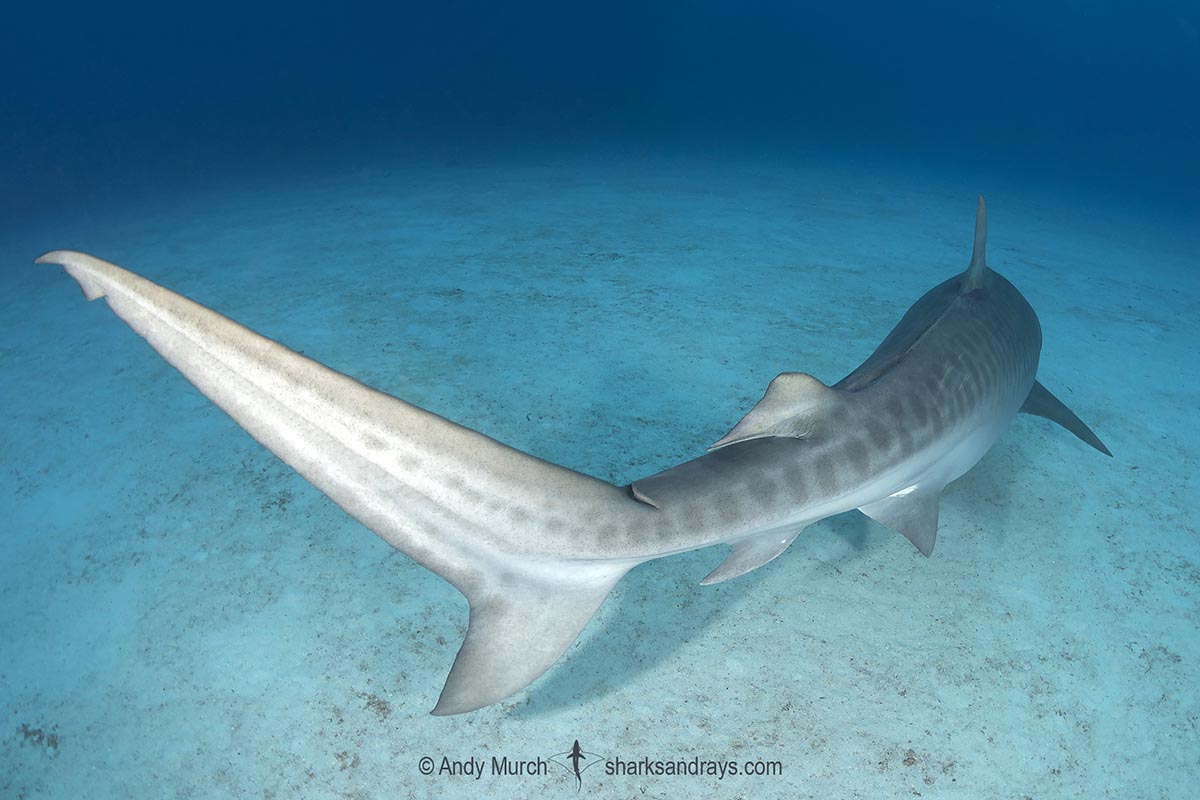The taxonomy of sharks and rays is a subject that remains in hot debate. Although the majority of elasmobranch families have been nailed down there will always be individual species that don’t quite fit the characteristics of their sibling species.
Consequently species are occasionally reclassified or simply listed as awaiting review. One of the most confusing of families is the Potamotrygonidae – the fresh water stingrays of South America. Not only do these ray species adopt extremely varied patterns that are sometimes visually indistinguishable from other species, they also produce hybrids in certain parts of their ranges leaving us wondering what exactly a true species is anyway.
Facts for kids
Did you know?
The largest shark is the whale shark which may grow up to 18 meters long!
Shark and ray biology and behavior
Shark senses
Sharks and rays possess highly acute senses to interpret their surroundings. As a group they have maximized their potential habitats by adapting their senses to function in often adverse conditions such as dark or turbid water. Their sensory organs fit (sometimes loosely) into the six categories of sight, hearing, taste, touch, smell, and electroreception.

Elasmobranch locomotion
Shark biology has developed a variety of adaptations that assist with locomotion, buoyancy, and speed. These can be reviewed in terms of shark and ray locomotion, sinking or swimming, pectoral fin design, turbulence and unique adaptations such as those by sandtiger sharks.

Diet and dentition
There is no stereotypic shark jaw that is representative of the group as a whole. This is because of the vastly different diets and lifestyles of the various groups. Most sharks and rays roughly fit into the categories of ‘crushers’, ‘biters and shakers’, and grazers. Many sharks sit on the fence when it comes to a dietary group for example tiger sharks (which are obviously biters) will also happily slurp up a conch shell if they need some food.
Shark evolution
There are many misconceptions regarding the evolution of sharks and rays. Contrary to popular belief they have not remained unchanged for 300 million years. However, many of the families we have today have been in existence for perhaps the last 150 million years. Compared to our own paltry 3.5 million years this makes the elasmobranch lineage very ancient indeed. The fossil record is sketchy at best when it comes to sharks.
Sharks and rays under threat
Shark and ray species have declined due to overfishing and pollution. Many species have crashed in the last decade and are now on the brink of commercial extinction. If we wish to save these creatures we have to take action immediately.





